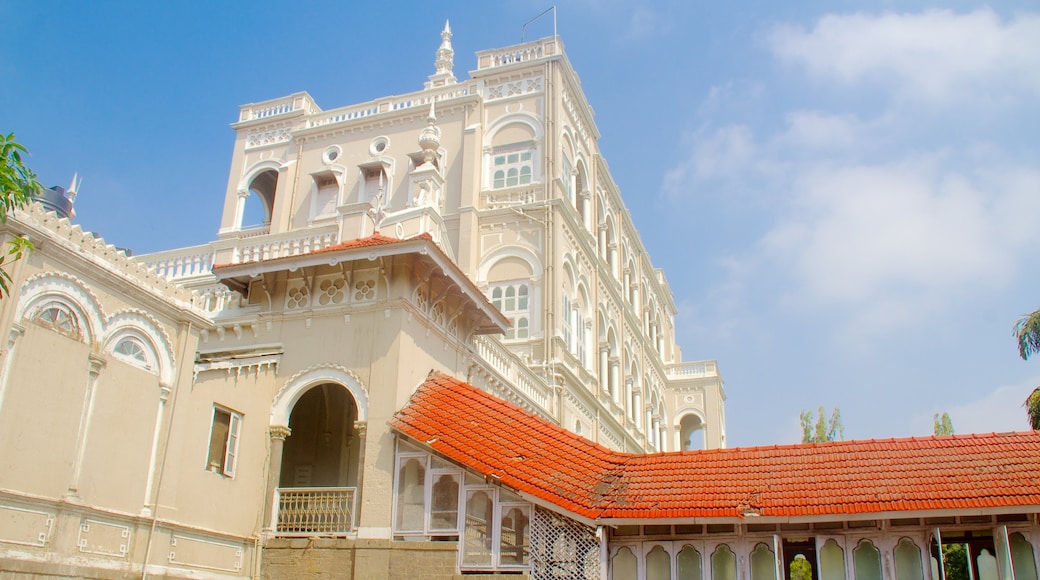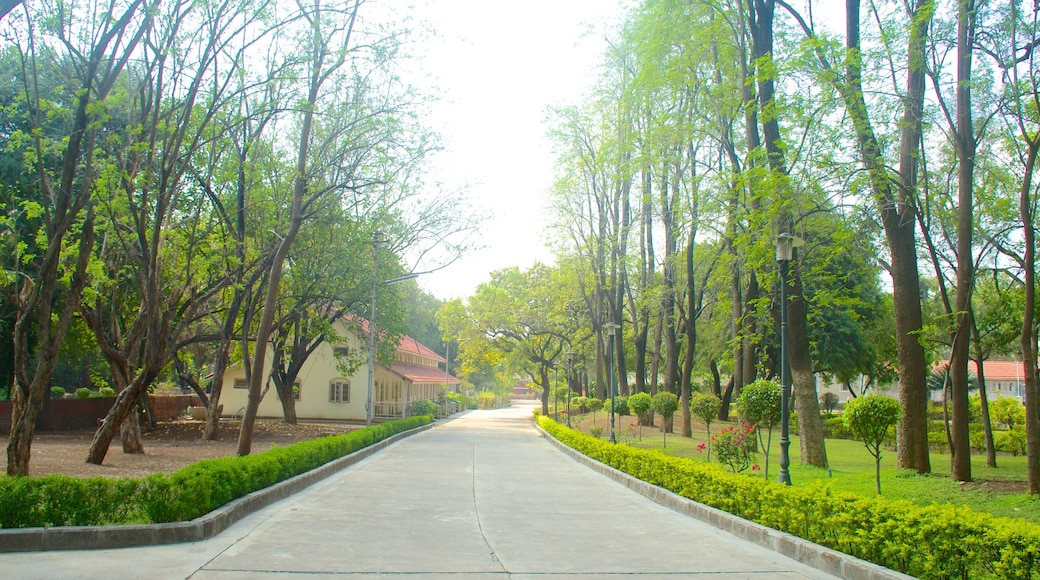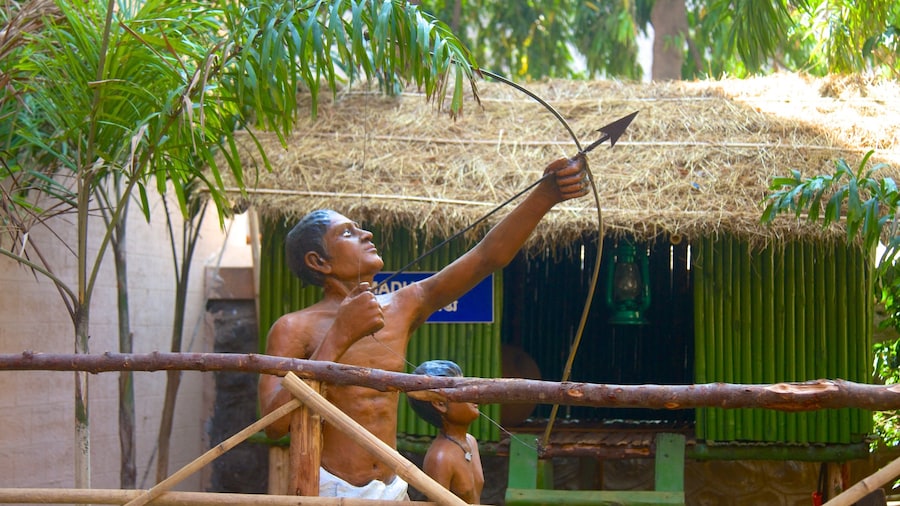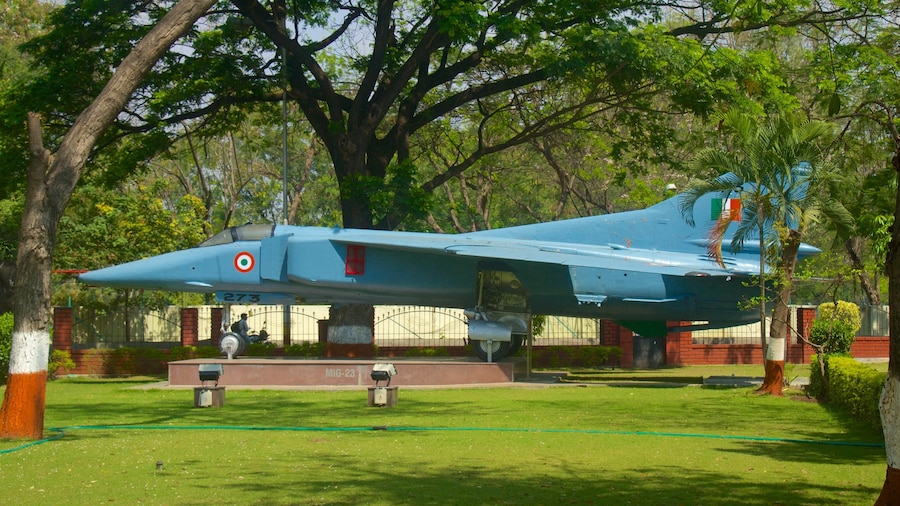Pay tribute to the lives of Gandhi, his wife and his secretary, who were imprisoned at this majestic palace during the heat of India’s independence battle.
The Aga Khan Palace became one of India’s most important landmarks when it served as a prison for Mahatma Gandhi for a couple of years in the 1940s. Shrines to his wife and secretary, who died during their captivity, are situated nearby. The regal structure sits in a green woodland setting that stretches across 16.1 acres (6.5 hectares).
Learn about the crucial events that took place in this palace. It marks the historic location where the British interrogated pro-independence leaders. The site is forever linked to India’s battle for independence, which was achieved in 1947.
Take a solemn walk down to the samadhis (shrines) to pay your respects to Gandhi’s wife, Kasturba, and his secretary, Mahadevbhai Desai. The monuments are simple and elegant, with plants that sprout from each monument’s top. Make your way to a statue that holds the ashes of Kasturba. She is immortalized in a statue alongside her husband at the front of the palace.
Capture photos of the magnificent building, which was built in 1892 and embellished with arches, columns and grand stairways. Once inside, browse the picture gallery that illustrates the extraordinary events of Gandhi’s life. The exhibit also shows everyday elements, such as his clothes and the impassioned letters he wrote.
Breathe in the fresh, rural air as you roam the picturesque grounds. There are many trees and floral displays dotted around the area. The Oscar-winning 1982 movie Gandhi was shot in the elegant gardens.
The palace is open to visitors from morning until early evening, with a closure for lunch. There is a small fee to enter the palace. Discounts are available for children.
Aga Khan Palace is located just north of the Mula River, on the northeastern side of the city. Take a taxi or drive for 6.5 miles (10.5 kilometres) to reach the palace from the centre of Pune. The journey takes approximately 15 minutes in total and passes by the scenic Bund Garden.
















